Features of torenia care
Torenia is beautiful, delicate, with lush foliage and long flowering, from early summer to autumn. It is grown from seeds or cuttings. Most often planted in pots and less often in open ground. Torenia is quite demanding to care for, but it pays for the work with exquisite flowering.
Description, popular species and varieties
Torenia is the common name for a genus of annual and perennial plants with creeping shoots and unusual bell-shaped flowers. All of them belong to the Linderniaceae family. The genus is diverse and includes about 50 species. The palette of torenia is no less wide: from delicate white, yellow, pink, lilac, lavender, to bright and rich purple, blue, cobalt, red, etc.
Interesting fact
Only recently did botanists consider the Linder family to be independent. Previously, this group of plants belonged to either plantains or norichnikovs.
Only a few of them are actively used and grown:
- fournier - with light purple and blue-violet flowers, lush dark green foliage, height up to 20-25 cm - the most popular variety;
- yellow - with yellow velvety flowers and a purple core;
- dark purple - with inflorescences of the same color, slightly elongated into a tube, small and solitary;
- hearty - an annual with purple or blue flowers;
- panda - with pale lilac petals, grows up to 20 cm;
- clown - the same height, variegated color;
- summer wave - a flower with a dense crown and shoots hanging down to a length of up to 30 cm, so it is better to plant such a variety in hanging pots and pots;
- duchess - a white flower at the base with pink, lilac or purple spots on the corolla and a yellow spot on the lower petal.
Advice
Torenia mix is a mixture of several varieties of flower, such bags are quite popular and can be easily found in gardening stores.
Growing seedlings from seeds
This is the most common breeding and planting method for Torenia. Seeds are sown for seedlings from late February to early to mid-March. The procedure is carried out in two ways: in the ground or in peat pots. The second option is considered the best: the plant does not tolerate transplanting well from place to place. And the peat pots are subsequently lowered into the ground and buried together with the sprout, without damaging the fragile root system.
Regardless of the sowing method, you will need soil. It is recommended to disinfect it in the oven, refrigerator or spill with a weak solution of potassium permanganate. It is imperative to add a couple of dozen hydrogel granules to the soil, which will help to retain moisture for a longer time. Place the hydrogel closer to the soil surface.
Sowing in the ground
The soil must be well moistened with warm (room temperature) water, then the seeds must be planted. If desired, the surface of the soil can be sprinkled with a small amount of vermiculite or ordinary sand. Then you should cover the container with glass or cling film in order to keep warm and moisture. The optimum temperature for germinating seedlings is + 21-25 ° C. After the sprouts appear, that is, after 14-18 days, the protection is removed.
Sprout care
Young plants already need a different care. The room temperature should be reduced to 16-18 degrees Celsius, and the amount of light should be increased. Torenia is sun-loving, and therefore seedlings are necessarily ensured by long daylight hours, even in cloudy weather. Therefore, most likely, you cannot do without phytolamp.
The first week after the seedlings germinate, it is better to moisten the soil with them with a spray bottle so as not to damage the delicate roots. You need to carry out the procedure every day.
If the seeds were planted in a common box, they will have to be dived into separate pots immediately after the appearance of the 3rd true leaf.
It is better to start pinching the active tops of the sprouts when they rise to 5 cm or more in height. This will allow in the future to get voluminous and dense bushes, as it stimulates the growth of side shoots.
If it is decided to settle torenia in the open field, then the transplant is carried out in early June, when the weather stabilizes and unexpected frosts will not kill the plants.
Breeding by cuttings
This is a very convenient way, especially if torenia is already growing on the site or at home. To do this, cut off shoots from the flower about 10-15 cm long, kept in a growth stimulant solution and left in water or nutrient soil.
In the first case, you just need to wait for the roots to appear and move the seedling into the ground as an independent flower. If the cuttings have been dipped in soil, they should be covered with tea bags or cut plastic bottles to retain heat and moisture until the cuttings take root.
Correct care
To make toria delight you with its bright colors as long as possible, adhere to the basic rules of caring for it:
- Despite the fact that Torenia loves light, she is sensitive to direct sunlight, which scorches her petals and drains the soil under her. This very delicate plant needs diffused light and regular watering.
- The soil should never be dry. Otherwise, the flower withers and dies before our eyes.
- It is equally important to monitor the humidity of the air and in the summer heat spray the torenia, trying not to hit the stems and leaves with a direct stream.
- In no case should you put a flower pot close to radiators or leave it in a draft.
- It is necessary to ensure that the soil does not rot from abundant moisture, and that water does not fall on the plant itself during watering. If water drops are on the petals, a magnifying glass effect will be created and the plant will burn.
- The soil must be loosened regularly to provide the roots with fresh air and to prevent rotting.
- Approximately every 14 days, a mineral is required dry or liquid fertilizers for flowering plants.
- Withered and dried leaves and buds should be removed so that the plant does not waste its energy on them.
Diseases and pests
As a rule, toreya is resistant to diseases and pests, but it also has weak points. Thus, the plant is susceptible to fungal infections affecting leaves and stems. In this case, the salvation for the flower will be a solution of fungicides, which is used according to the instructions.
A spider mite is a pest that appears on torey when the soil is not sufficiently moist and the air in the room where it grows is too dry. These insects, almost invisible to the human eye, live on the back of the leaves and look like specks.
After their appearance, the leaves turn yellow and actively wither. The flower needs to be washed well, as well as the pot in which it grew, and treated with mite-repellent solutions that can be bought at the store.
Torenia is an impeccably beautiful, charming flower that is suitable for both home and garden. It is susceptible to mistakes in grooming, especially in watering, but the work of the gardener pays off with interest. Torenia will decorate and complement any site, if you just be attentive to her.
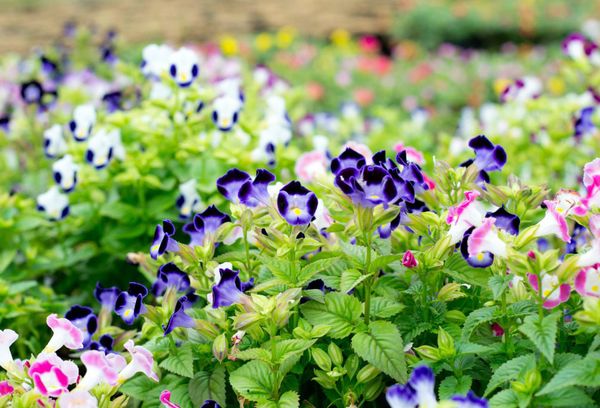
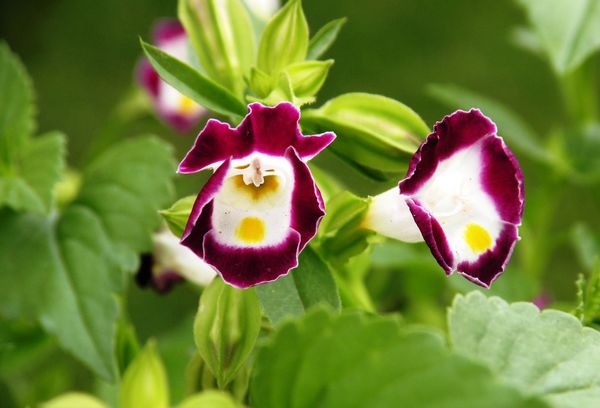
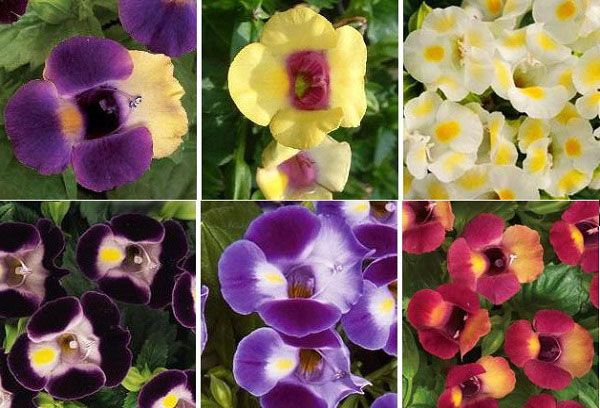
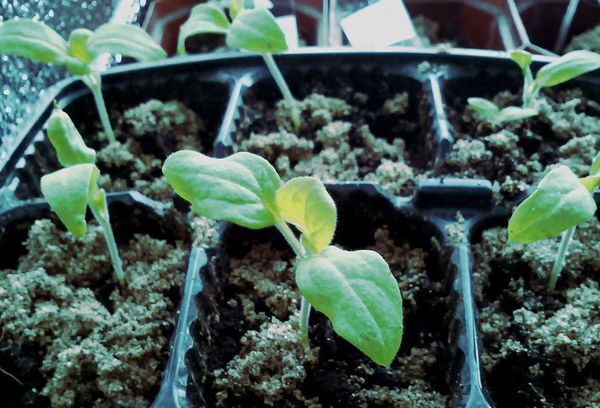
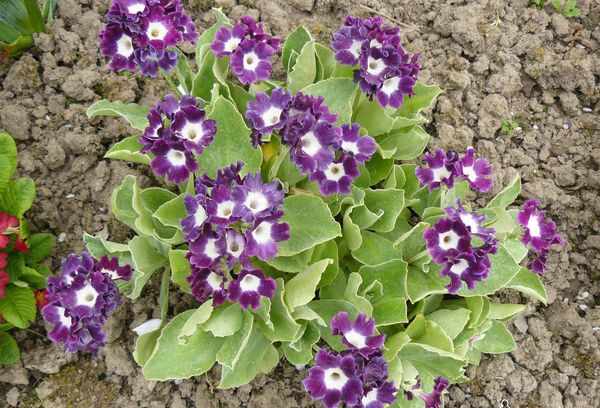
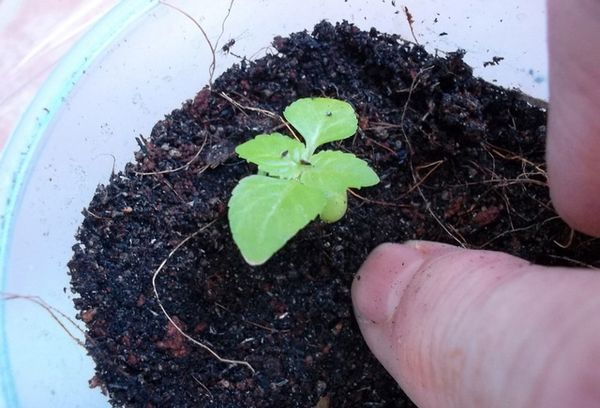
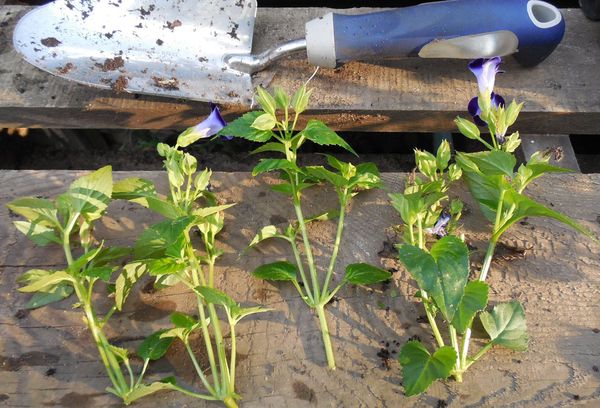
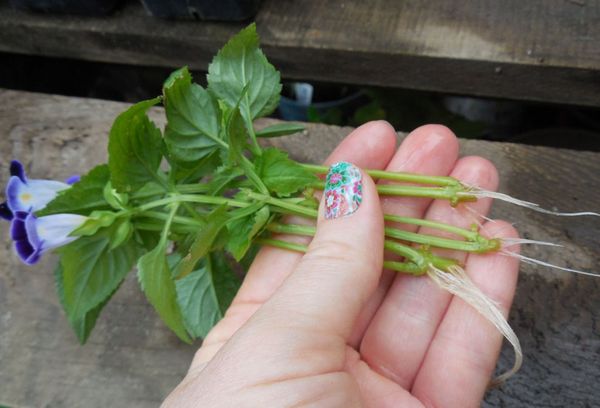
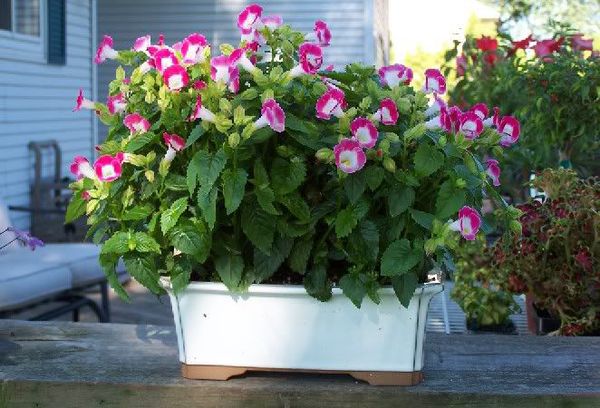
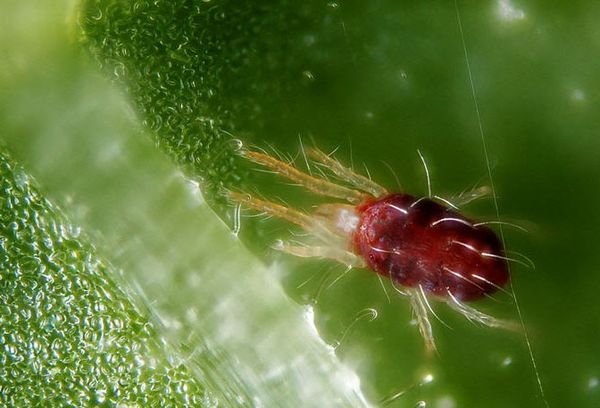
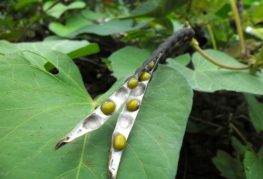
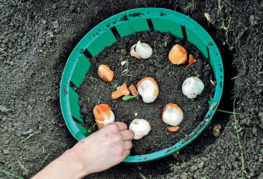
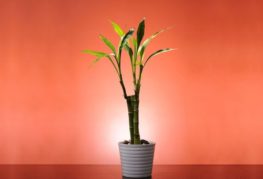
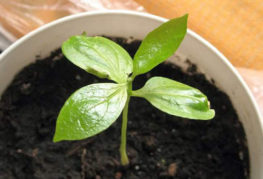
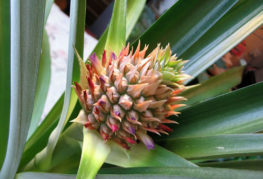
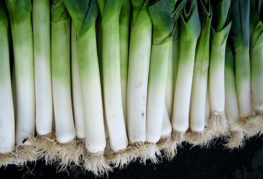
and will be published shortly.